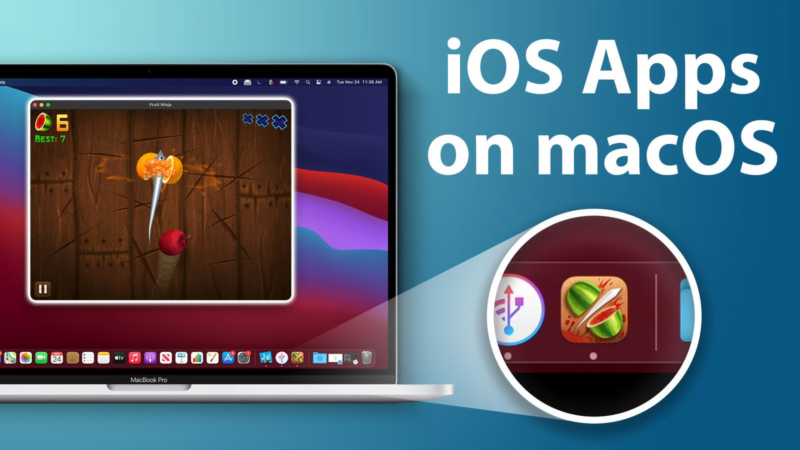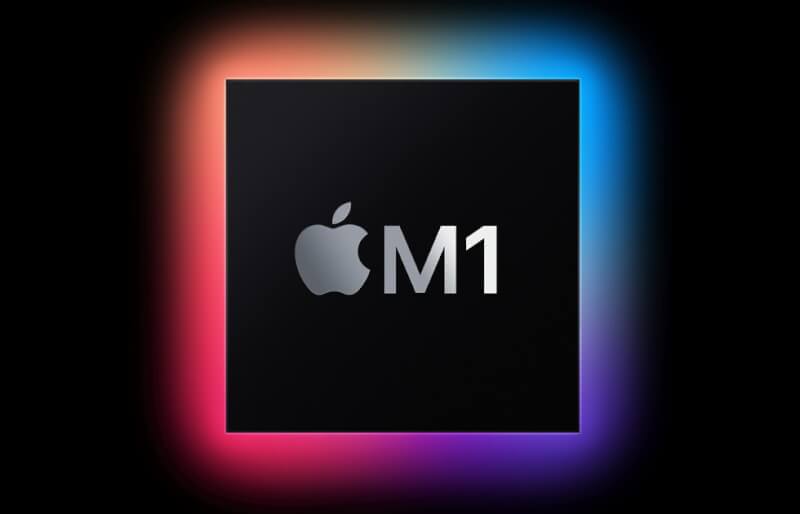
The cookie is set by the GDPR Cookie Consent plugin and is used to store whether or not user has consented to the use of cookies. The cookie is used to store the user consent for the cookies in the category "Performance". This cookie is set by GDPR Cookie Consent plugin. The cookie is used to store the user consent for the cookies in the category "Other. The cookies is used to store the user consent for the cookies in the category "Necessary". The cookie is set by GDPR cookie consent to record the user consent for the cookies in the category "Functional". The cookie is used to store the user consent for the cookies in the category "Analytics".

These cookies ensure basic functionalities and security features of the website, anonymously. Necessary cookies are absolutely essential for the website to function properly. Check the printed output of FFmpeg for more details. So some of your flags might not work or be ignored. Not all commands/parameters are supported by hardware encoder. Only 20% of my CPU is used instead of 100% for the software encoding. And: the CPU is not fully under load with the hardware encoder. Similar results with h265 encoding: hevc_videotoolbox is here 3 times faster than the x265 software encoder.

In a direct comparison the videotoolbox variant is 4 times faster than the x264 software encoder. ffmpeg -i input.mp4 -c:v h264_videotoolbox -b:v 6000k -an output.mp4 This uses a hardware acceleration if possible.

Now the same command with the videotoolbox framework from Apple. ffmpeg -i input.mp4 -c:v libx264 -b:v 6000k -an output.mp4 With a fixed bitrate and the libx264 software encoder. We start with a simple FFmpeg command for encoding a video file. Modern Macs have a hardware encoder on board. The whole encoding is done in software and this is executed on your CPU. This is because you’re using a software encoder.

Video encoding with x264 and x265 takes a lot of CPU usage.


 0 kommentar(er)
0 kommentar(er)
